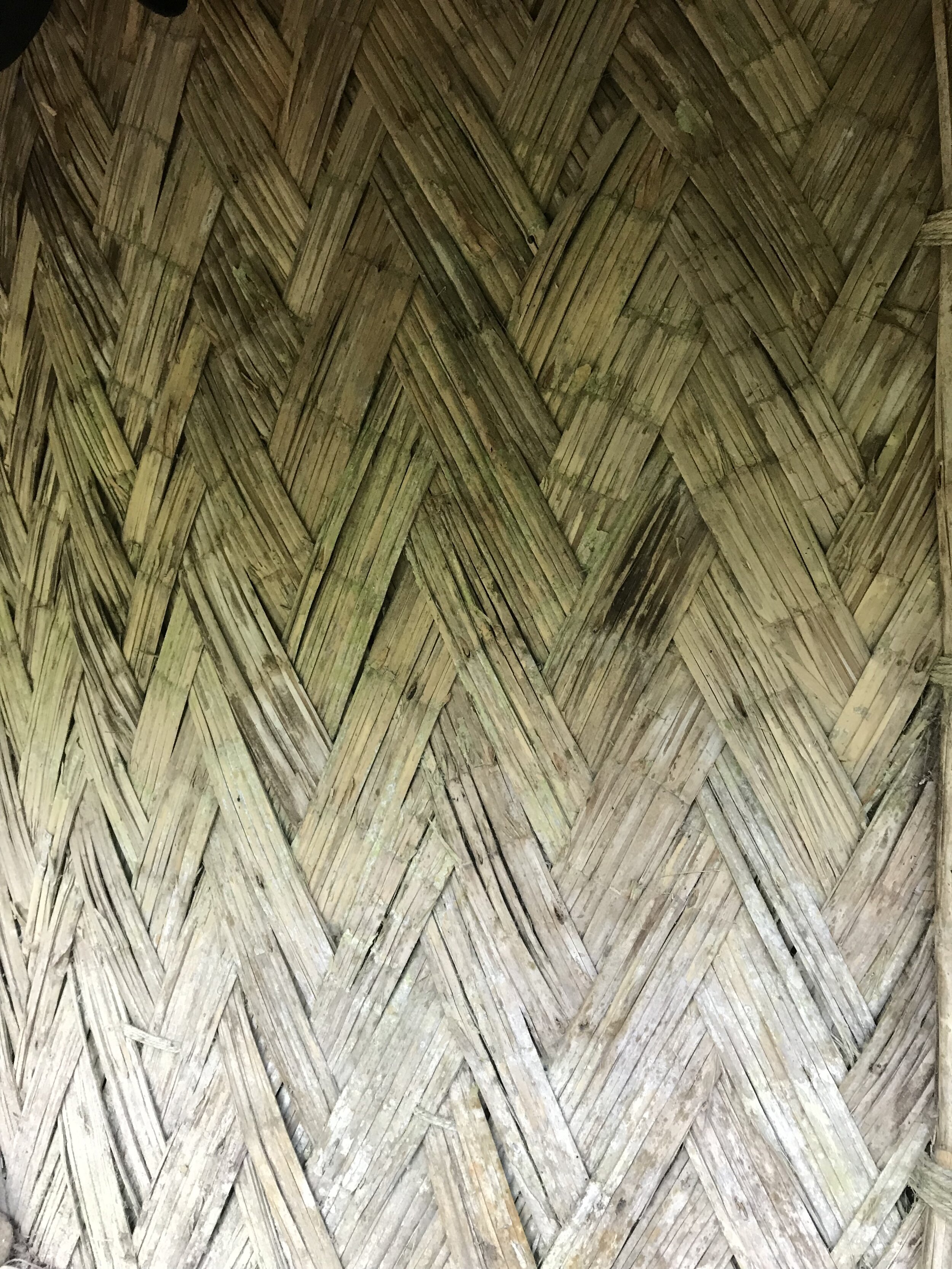Indigenous creolisation in the Sierra Nevada, Colombia
Indigenous creolisation in the Sierra Nevada, Colombia
By Juliette Gautron
This article stems from a couple of months I spent conducting fieldwork in the Sierra Nevada de Santa Marta (Colombia) from July to September 2019, thanks to LSE’s Summer Ethnography funding and The Explorer’s Club grant.
Map credits to SIGAC
Umguma (male)
Ushui (female)
Uraca (house) wall with both genders
References
Bessire, L. (2014). “The Rise of Indigenous Hypermarginality: Native Culture as a Neo- liberal Politics of Life”. Current Anthropology, 55(3), 276–295.
Chaves, M., & Zambrano, M. (2006). “From blanqueamiento to reindigenización: Par- adoxes of mestizaje and multiculturalism in contemporary Colombia”. Revista Europea De Estudios Latinoamericanos Y Del Caribe, 80, 5-23.
Diaz, V. M. (2006). “Creolization and indigeneity”. American Ethnologist 33: 576-778.
Douglas, M. (1966). Purity and Danger. Routledge.
Ereira, A. (1990). The Heart of the World. [film].
Halbmayer, E. (2013). Mission, Food, and Commensality among the Yukpa: Indigenous Creolization and Emerging Complexities in Indigenous Modernities. Tipití: Journal of the Society for the Anthropology of Lowland South America, 11(1), 65–86.
Hale, C. (2004). “Rethinking Indigenous Politics in the Era of the ‘Indio Permitido’ ”. NACLA Report on the Americas, 38(2), 16–21.
Hall, S. (2003). “Créolité and the Process of Creolization”. Créolité and Creolization. Okwui Enwezor et al., editors, pp. 27-42. Kassel: Hatje Cantz Publisher.
Hannerz, U. (2006). “Theorizing through the New World? Not really”. American Eth- nologist. 33(4): 563-565.
Killick, E. (2019). Hybrid houses and dispersed communities: Negotiating governmen- tality and living well in Peruvian Amazonia. Geoforum.
Lopez, F. (2018). “Thomas Pesquet chez les Kogi”. Rendez-Vous en Terre Inconnue.
Reichel-Dolmatoff, G. (1990). The sacred mountain of Colombia’s Kogi Indians. (Iconography of Religions IX, 2. Institute of Religious Iconography, State University Groningen). Leiden: E.J. Brill.
Ramos, A. R. (1994). “The Hyperreal Indian”. Critique of Anthropology, 14(2), 153–171. Soltani,
A. & Arce, E. (2014). “The Kogi: An Urgent Call from Guardians of the Heart of the World”. Cultural Survival Quarterly Magazine 38-1.
Ulloa, A. (2004). La construccióńn del nativo ecológico. Complejidades, paradojas y dilemas de la relación entre los movimientos indígenas y el ambientalismo en Colombia. Bogotá: Instituto Colombiano de Antropología e Historia Colciencias.






